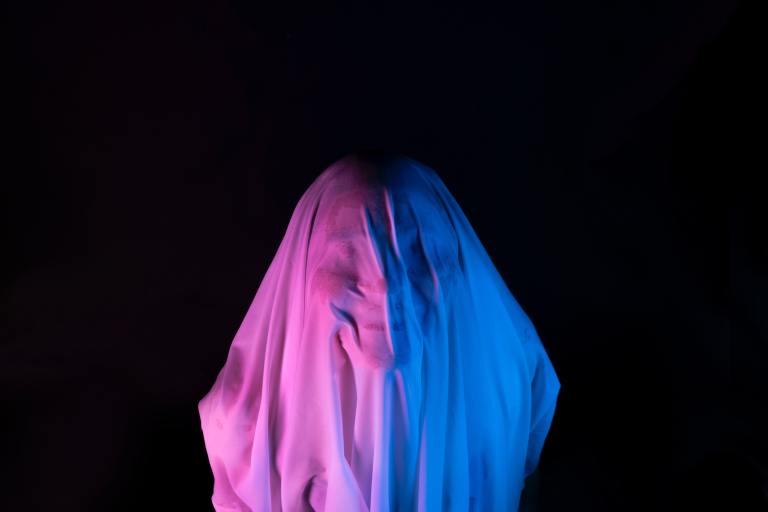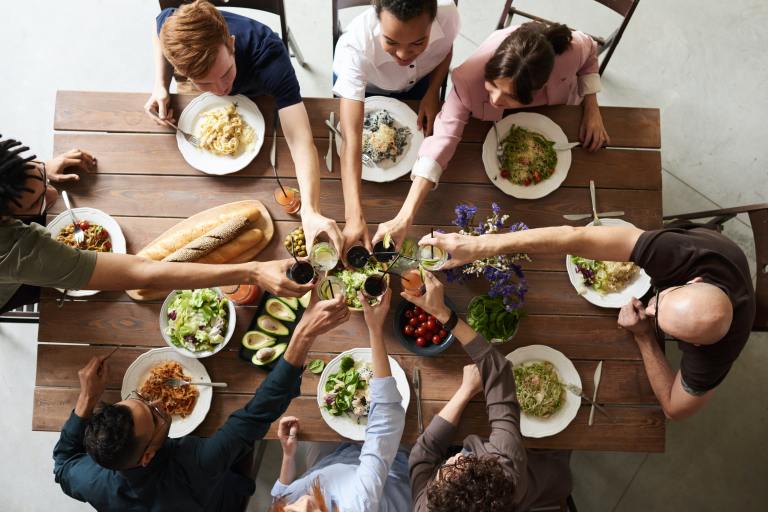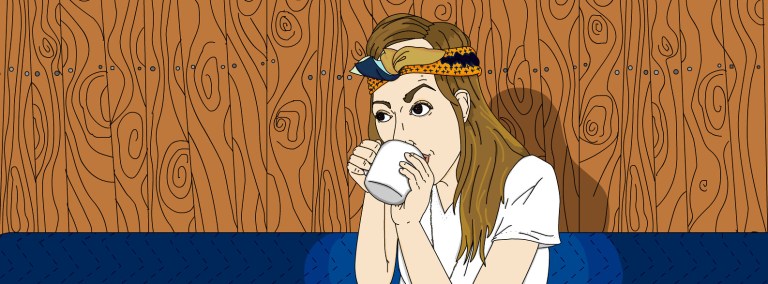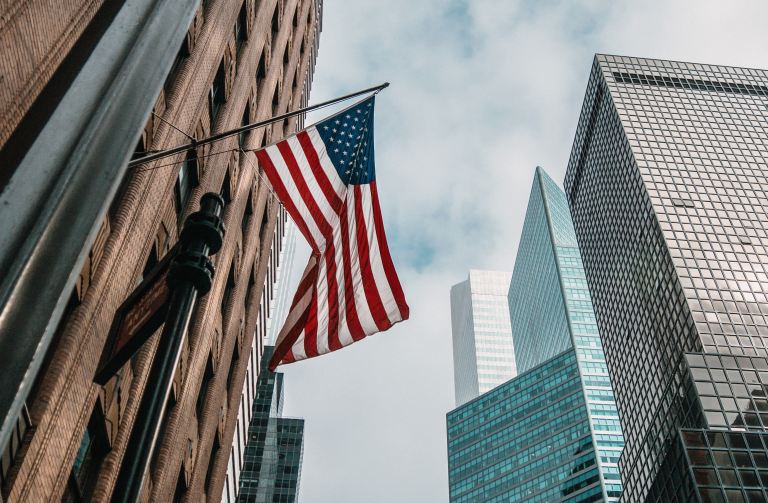The Rise Of Southern Cocktail Culture

If you’re looking for another round of cosmopolitans or appletinis, you may find yourself alone at the bar. History is repeating itself in cocktail culture, which means uninspired concoctions and drinks made just for getting drunk are quickly being replaced by pre-Prohibition-style cocktails (farewell Long Island Iced Teas!). It’s not just New York and San Francisco that are embracing artisan cocktail culture though. Recently, the South has been calling the shots and the rest of the country has simply followed along.
Take, for example, the Mint Julep. The drink of choice at the Kentucky Derby, the Mint Julep is a distinctly Southern cocktail.
Employees Only in New York’s West Village, named the World’s Best Bar by Tales of the Cocktail in 2011 and nominated again this year for World’s Best Bartender, is famous for their interpretation of the drink.
“When I started, this drink was very rare,” says Bratislav Glisic, principal bartender at Employee’s Only. “Now, we’re getting a lot more of these kind of Southern drinks, Old-Fashioneds, Sazeracs, Mint Juleps. It’s all very popular. We get these orders a lot.”
Maison Premiere and Dram in Brooklyn have also put their own special spins on the drink substituting both rose water (“julep” is derived from the Arabic word meaning “rose water”) and crème de menthe. It’s not just New York that’s taking a cue from the South though. Most notably, there’s San Francisco’s Hard Water, a bar on the bay known for their Mint Julep. Bartender Erik Adkins uses Weller 107 bourbon and meticulously crushes their ice as all good Southerners know is the key to julep success.
Then there’s what many agree to be the first cocktail with its origins dating back to pre-Civil War New Orleans: the Sazerac.
Apothéke, a cocktail bar down a hidden alley in New York’s Chinatown, does well mixing certain Southern drinks with a New York chic, famous for both their Sazerac and Ivy Fizz, a more sophisticated, vodka-based interpretation of the New Orleans-originating Gin Fizz.
Let’s not forget though, cocktail culture in the South hasn’t always been so strong. It’s only in the past few years that they’ve begun to catch up, and in some cases, surpass the big cities up north.
“Five or six years ago in major cities you could get a modern, well-made cocktail — meaning, a cocktail made to the standards that would’ve made before Prohibition — in San Francisco, Seattle, New York of course, Boston, D.C., a few other cities,” says David Wondrich, a cocktail historian and author of Imbibe! and Punch. “Now it’s everywhere in the South, even in backwaters, anywhere that people work really.”
Known by many as the “Golden Age of the Cocktail,” the years just before Prohibition from 1880-1915 were a time when bartenders wore starched shirts, black bow ties, and had waxed moustaches. While the fashion has (mostly) stayed in the past, bars like The Patterson House in Nashville, Bar and Refuge in Houston, Peché in Austin, Holeman & Finch in Atlanta, and Bar Tonique and Arnaud’s French 75 Bar in New Orleans are matching the cocktail quality of the Golden Age with fresh-squeezed juices, purified ice, rare liquors, and immensely knowledgeable bartenders.
“A lot of these bartenders apprenticed in places like New York and L.A. and San Francisco and Seattle and Portland, then they returned home once they got conversant with all that cocktail culture,” says Mr. Wondrich. It’s sensible for them to return to the South where “the rent is cheaper, there’s a market for it, and the people will be happy.”
Between the ascent of retro television like Mad Men and the newfound popularity of turn-of-the-century stories, be it Woody Allen’s “Midnight in Paris” or Fitzgerald’s “The Great Gatsby,” the resurgence of pre-Prohibition cocktail culture is an integral part of the cultural zeitgeist for not just metropolises, but for the nation as a whole.
“A couple years ago when I started working here people would come in and I’d have to explain to them more and more about craft cocktails, what they are, and some of the history behind them,” says Mr. Miller at Peché. “But now, people know a lot of these craft cocktails like a Sazerac or an Old-Fashioned. There’s a lot less education needed because people these days are very aware.”
Chris Hannah, head bartender at French 75 Bar at Arnaud’s in New Orleans, notes not just the awareness but also the newfound confidence of Southern cocktail bar goers.
“I can definitely tell the [cocktail] culture has changed, just in the way guys come up to the bar,” he says. “People are more adventurous. They want to try something classic and new.”
It’s been eighty years since Prohibition ended, but really not until recently have people desired quality cocktails.
After Prohibition, there’s what the documentary Hey Bartender calls The Three-Martini Lunch era, where, with inventions like the soda gun, drinks became about ease and speed. Then came The Age of the Highball in the ‘70s and ‘80s, where bars were about picking up young singles and drinks were seen more as “liquid courage” then as any sort of high art.
So what changed all that? Well, people, especially Southerners and those in smaller cities, simply weren’t exposed to quality drinks until quite recently. The cocktail Renaissance has spread quickly though.
“Once you’ve had a real, properly made cocktail it’s hard to go back,” says Mr. Wondrich. “The South has only gotten interested in it as a region five years ago tops, so suddenly it’s really moving fast.”
Even as Southern cocktail culture has had a speedy ascent in the past few years, Southerners are as well mannered as ever.
“Southerners are patient people, which is good because it takes a while to make a cocktail,” said Mr. Miller. He paused before adding, “Or at least a real cocktail, the kind we make now.”
_____
Recipe for a Mint Julep from Erik Adkins at Hard Water (in San Francisco)
2 oz. bourbon
1/3 oz. gomme syrup (or 2:1 simple syrup)
6 mint leaves
Tools: muddler
Glass: Julep
Garnish: 3 fresh mint sprigs
In the bottom of a Julep cup, gently press the mint leaves with the muddler to extract the oils. Fill the cup with crushed ice and insert a straw. Slap the mint leaves for garnish between your palms and place next to straw. Drizzle the bourbon on top, wait for the cup to frost, then serve.
Recipe for a French 75 from Chris Hannah at French 75 Bar at Arnaud’s (in New Orleans):
Ingredients:
Cognac (Courvoisier VS) 1.50 oz
Lemon Juice, freshly squeezed One tsp (or .17 oz)
Simple Syrup ¼ tsp (or .04 oz)
Lemon Twist
One each
Champagne (Moet and Chandon) 2.75 oz
1. Place the cognac, lemon juice and Simple Syrup in a shaker filled with ice and shake ONLY long enough to chill.
2. Pour into a frosted champagne tulip glass, top with champagne and add a lemon twist. ![]()




